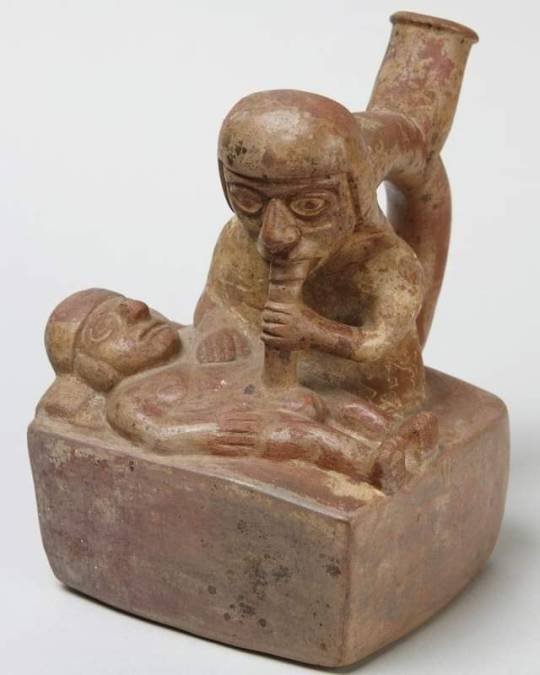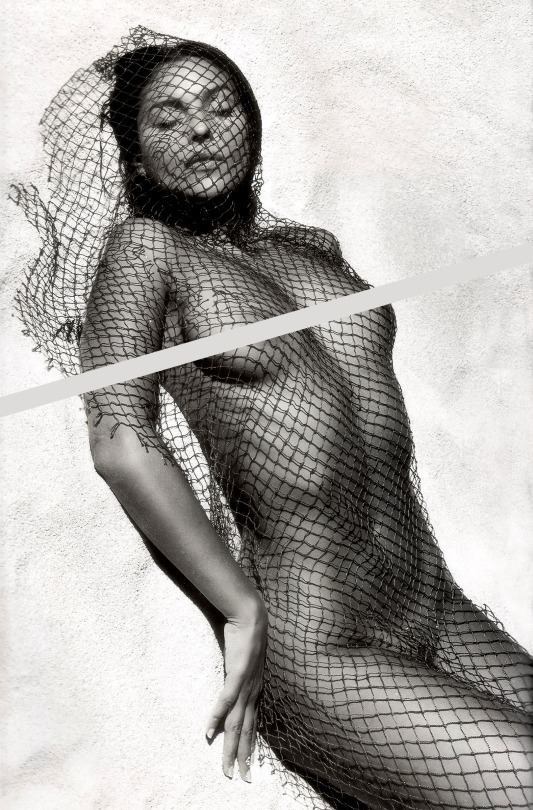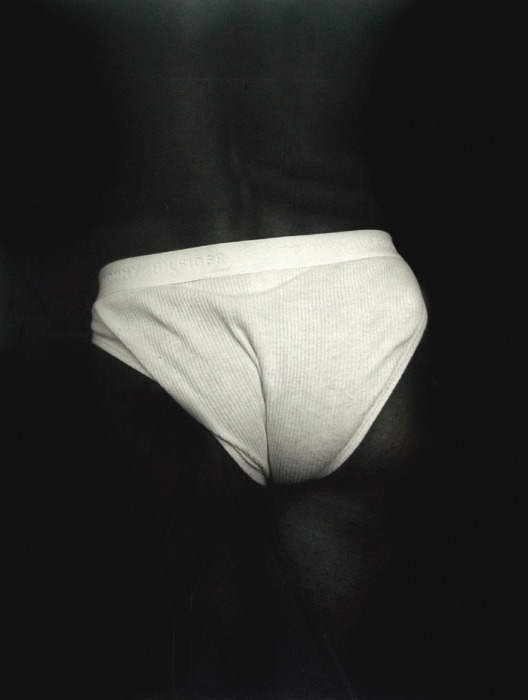Photo










“A little deeper than you thought” by Nina Röder
Nina is a conceptual photographer and PhD student from Germany who combines performative acts with photography in order to recreate biographical stories, which reveal details that normally remain hidden in deeper layers of our memory. Her minimal and carefully composed images emphasize the expression of her subjects and make us focus on the story, creating in this way eloquent narratives that are very pleasant to observe.
Following we want to present an interview we had with Nina:
am - First of all thank you very much for your contribution to our project. Can you please introduce yourself for us? NR - Hi! I’m Nina, I graduated with a Masters of fine Arts from Bauhaus-University Weimar with focus on conceptual photography. I am working as a visual artist and since 2012 as a lecturer in fine art photography at Bauhaus-University. Next to my artistic activities, I am a PhD student with research topic in performative strategies in contemporary photography. My photographic work exposes hidden structures of biographical stories in which I am combining aspects of the theatre and stage with the timebased image space of photography. I live and work in Weimar and Berlin.
am - How did you start in photography? NR - My first series called “Mutters Schuhe” is a work about my mother’s youth. Since then photography is my tool to express my personal relationship with different dimensions of life.
am - What inspires your work? NR - My family and theories about brain research, psychology and determinism.
am - What is “a little deeper than you thought” about? NR - This series shows a poetic collection which deals with different aspects of the uncanny and unconscious, death, absurd biological phenomena and an ambivalent image of the male and female body. My figures are often related to forms of water, the origin of life, though dually visualising death within my morbid aesthetic. The physical interaction with the natural environment presents a performance and is inscribed in the photographs as an act of occupation. My images show a space in-between, where narrations and actions are indicated but are never completely legible. In their ambiguity they reveal a certain kind of poetry and mystery, a mood which can be found in German romanticism, in their longing for distance and escapism. The enigmatic states of mind in my photographs indicate moods which are present, but never concrete.
am - Who are your favourite photographers / artists? NR - Bas Jan Ader, Antoine d'Agata, Augustin Rebetez
am - How would you describe your photographs in 3 words? NR - The “deeper” series: morbid, poetical, open
am - When you are not taking pictures, what do you do? NR - Teaching photography, hanging out in bars, curating exhibitions.
am - What are 5 things you could absolutely not live without? NR - Love, Art, the sun & the sea, Rotkäppkchen.
am - If you could travel and stay in a place for one year, where would you choose to go? NR - Iceland
am - Favourite songs / bands at the moment? NR - Wanda, Lianne La Havas, Cellophane by Sara Jackson-Holman
am - What’s your favourite movie? NR - Its a video-installation with kind of short-movies: Manifesto - Julian Rosefeldt
am - Who’s your favourite author? NR - Siri Hustvedt
am - What’s your favourite season and why? NR - spring - the smell
am - Gin, vodka or tequila? NR - Vodka
am - Do you have any project in mind that could be a personal or professional challenge? NR - A project about my dead father.
am - Thank you very much for your time and your contribution to analog magazine. NR - Thank you!
Do not forget to see more of Nina’s work by following the link on her name above.
27 notes
·
View notes
Photo

Shomei Tomatsu - Statue of an angel shattered by the atomic bomb at Urakami Cathedral, Nagasaki, 1961.
3K notes
·
View notes
Text

Stirrup vessel with fellatio scene. Peru, Moche civilization, 300-600 AD.
9K notes
·
View notes
Photo

Sculptor Pascale Archambault chips away at huge blocks of marble and turns them into amazing works of art. Chipping away at the stone, she uncovers the human form, and although a couple’s bodies readily appear from the outline, viewers can also feel a sense of soul and spirit emanating from within.
11 notes
·
View notes
Text

Graciela Iturbide (Mexican, b. 1942)
Vendedora de Zacate (Sponge Vendor), Oaxaca ,1974
251 notes
·
View notes
Photo

Herbert List: Greek painter Yannis Tsarouchis with model
584 notes
·
View notes









